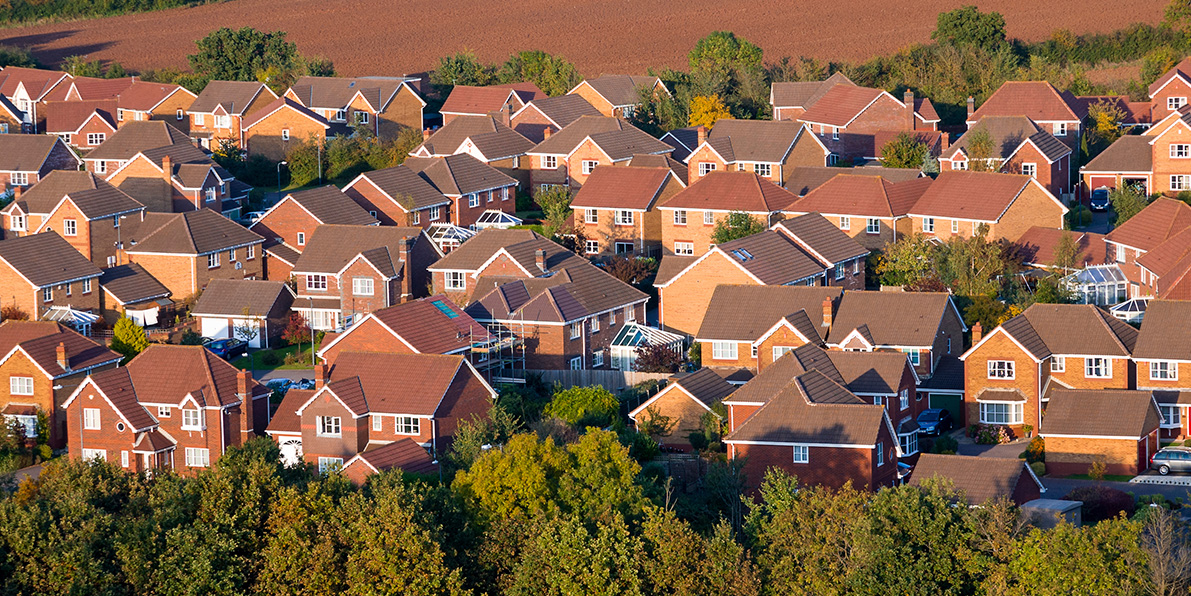Stay service-savvy
Get all the latest news and insights straight to your inbox.

Approximately 97% of cyberattacks and data breaches could be prevented if organisations had comprehensive security measures in place.
This is vitally important for housing associations. With a wealth of sensitive tenant information, they’re a prime target for bad actors – and the ever-increasing sophistication of cyberattacks means the level of threat is only going up.
By offering agility, resilience and unparalleled levels of network security, SASE solutions are essential in helping housing associations adapt to modern challenges, enabling them to continually adjust to changing demands while ensuring seamless service delivery to tenants.
99% of housing associations decided to permanently shift to hybrid work after the pandemic. This has marked a huge transformation across the sector, distributing workforces across huge geographical footprints. But while this newfound flexibility has its advantages, it also presents a number of challenges.
The rise of remote work: Catering to the demands of remote work is essential in the modern landscape, but networks often struggle to keep pace. Employees rarely, if ever, commute to a centralised office space, which means housing associations must provide the necessary infrastructure to support remote collaboration and communication. This requires robust network connectivity and security solutions that provide employees with access to essential resources from wherever they are, while enabling teams to coordinate workflows from separate locations.
Demand for digital services: Tenants are accustomed to seamless online experiences, putting housing associations under pressure to digitise their services. Demand is growing for digital versions of every facility, from online rent payments to virtual property viewings. However, this requires secure and reliable access to digital platforms, with comprehensive networking solutions that support the growing trend for delivering online services while mitigating against cyber threats.
Introducing SASE: Failure to address cybersecurity risks can have severe consequences, including data loss, financial liabilities and damage to reputation. Fortunately, Secure Access Service Edge (SASE) solutions from CATO Networks offer a transformative approach to addressing these challenges. By converging networking and security into a unified cloud-native platform, CATO’s SASE solutions empower housing associations to navigate the complexities of modern work environments, offering secure solutions to remote working and enabling seamless delivery of digital tenant services. This not only enables rapid adaptation to changing demands, but also ensures robust security and uninterrupted connectivity anywhere, anytime.
SASE is a game-changing solution for housing associations who want to improve their network and security infrastructure. It enables them to adapt quickly to changing demands and emerging threats, plugging vulnerable network gaps and enhancing connectivity to maintain service delivery while remaining agile and capable of responding to change.
Cloud-native architecture: With its innovative cloud-based architecture, SASE offers unparalleled flexibility and scalability, enabling housing associations to rapidly deploy and adapt to changing demands with ease. Unlike traditional networking solutions, SASE doesn’t suffer from hardware limitations or complex configurations, which enables housing associations to simplify the deployment process and scale resources up and down as needed.
Dynamic scalability: This capability enables housing associations to adjust their network and security resources in real-time, maintaining optimal performance and efficiency regardless of changes in workload or demand. What’s more, SASE has an application-aware routing functionality that prioritises critical applications, minimising latency and bottlenecks while enhancing user experience.
Zero-trust security: By implementing a zero-trust security model, SASE ensures that all network traffic is treated as potentially malicious, regardless of where it’s come from or its target location. This proactive approach to security helps mitigate the risk of data breaches and cyberattacks, safeguarding sensitive tenant information and maintaining operations.
CATO’s SASE solutions help housing associations enhance their resilience, ensuring robust network connectivity, high availability and security against cyber threats. By leveraging SASE, housing associations can mitigate the risk of disruptions, safeguard sensitive data, and maintain compliance with regulatory requirements, enabling them to continue delivering exceptional service to their tenants while staying secure.
Bolstering business continuity: By incorporating high availability, redundancy and failover mechanisms, SASE helps housing associations maintain operational continuity and prevent disruptions in service delivery. Deploying redundant components and resources minimises the risk of single points of failure, ensuring that critical services remain accessible even in the event of hardware failures or network outages. And, when outages occur, failover mechanisms automatically redirect traffic to alternative paths or resources, ensuring uninterrupted access.
Comprehensive security features: SASE plays a crucial role in protecting housing associations against cyber threats, ensuring data privacy and maintaining compliance. Using encryption, multi-factor authentication, and intrusion detection and prevention systems, SASE safeguards sensitive tenant information from unauthorised access and theft. It also helps housing associations maintain compliance with regulatory standards such as GDPR, HIPAA, and PCI-DSS by providing comprehensive security controls and audit trails to track and monitor data access and usage.
By converging networking and security into a unified cloud-native platform, CATO’s SASE solutions empower housing associations to adapt swiftly to changing demands, mitigate cyber threats and ensure uninterrupted service delivery to tenants. With agility, scalability and wide-ranging security measures, SASE equips housing associations with the tools they need to thrive in an ever-evolving threat landscape, safeguarding their operations, protecting sensitive data and maintaining tenant trust – now and in the future.
For more on industry-leading SASE solutions, visit our CATO Networks Partner page today.
Get all the latest news and insights straight to your inbox.